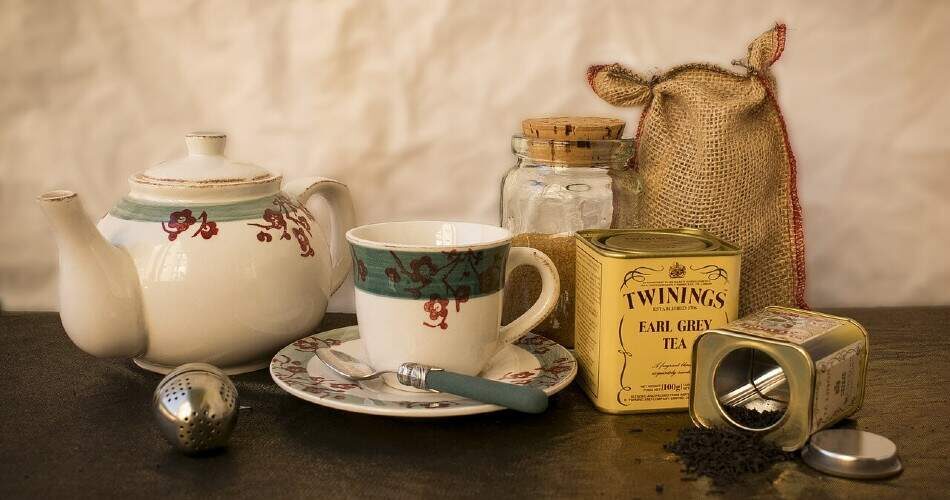Estimated reading time: 3 minutes
The afternoon tea was put into practice in the 1840s, when gas lighting was introduced into the homes of the British upper class and it became possible, and fashionable, to take dinner later in the evening. It was usual at this time to take only two meals per day, breakfast, and dinner, so an influential aristocrat, the Duchess of Bedford, began to have tea with some light snacks around 4 in the afternoon until dinner time.
Eventually, the Duchess began inviting her friends having tea with her at Woburn Abbey, Bedfordshire. Soon, this boudoir meal for aristocratic ladies became a social custom practiced in salons throughout the country, as well as in the British colonies.
Afternoon tea resulted in an increased demand for Chinese porcelain tea sets, therefore, porcelain manufacturing thrived all over the world. In North America, custom reached its peak in the 1950s, when Emily Post, a US author, wrote an essay on proper etiquette when having tea.
Currently, tea is now taken between 2pm and 5pm and can replace both lunch and dinner. In recent years, there has been a resurgence in popular interest, with hotels, cafés, and tea shops around the world offering afternoon teas with sweets.
Afternoon tea is so ingrained in British culture that everyone has their own idea of what is right. Among the points of debate is the time of pouring the milk (tea in milk or milk in tea), the correct way to eat a scone (either to cut it or break it at its point of natural division, the order in which the cream is spread), and so on.
Traditionally, a rich black tea, such as Darjeeling or Assam, is served for afternoon tea. The afternoon tea blends and classic British mixes, like Earl Gray, are also popular. Tea is always offered with the option of adding milk or lemon and sugar. It is also usual to offer a variety of small sandwiches without crust, with cucumber or smoked salmon with cream cheese, along with scones spread with jam and cream.
Nowadays, the places that offer afternoon tea are being renovated towards a more varied tea menu to complement the sweets and cakes they offer. They usually have a good selection of teas from around the world, including Japanese and Chinese greens, oolongs, personalized blends and herbal infusions. It is also quite common to start an afternoon tea with a glass of champagne. There are many variations in the food that is served next to the afternoon tea, depending on the area of the world in which you find yourself. You could enjoy dim sum, fresh seafood and appetizer, besides macarons, cupcakes, and cakes.
There are many advantages of putting milk in the tea cup first. It was thought that cold milk helped to reduce the temperature of hot tea and, therefore, protected the delicate porcelain cups. But it is much more practical and polite for the host to serve the tea and let the guest add milk or sugar to their liking.
If you want to find out about the pets in London, check out our article on this topic: Britain is a nation of pet lovers.
[Photo from Pixabay]
